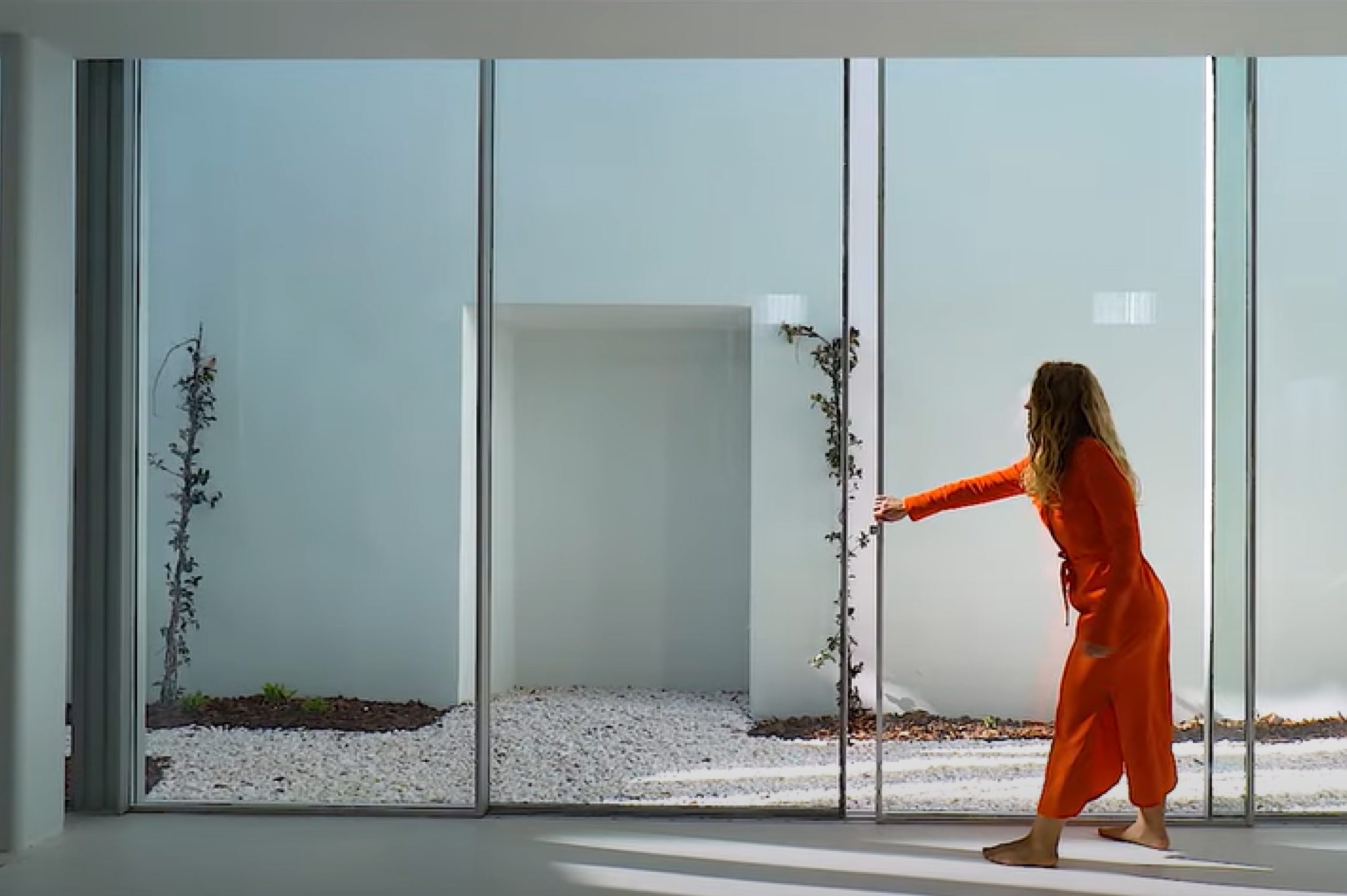The renowned Portuguese architectural practice based in Lisbon, led by architects Manuel Aires Mateus and Francisco Aires Mateus, has received several awards, notably the Valmor Prize, the Secil Prize, the FAD Awards, the Ecola Prize, the Ibero-American Architecture Biennial Awards, several Mies van der Rohe Prize selections. In 2017 he received the Pessoa Prize.
“House in Barreiro”, in addition, is one of the 14 Portuguese projects nominated for the European Union Prize for Contemporary Architecture / Mies van der Rohe 2024.
The European Commission and the Fundació Mies van der Rohe have unveiled the nominees for the 2024 European Union Prize for Contemporary Architecture / Mies van der Rohe Prize. This year, 362 architectural projects from 38 countries have made it to the first phase of the 18th EUmies Awards. The upcoming steps include narrowing down the selection to 40 finalists, conducting site visits, and interviewing the architects and teams involved.
These chosen projects mirror the current shifts in the European landscape, highlighting a growing emphasis on environmental, social, and economic consciousness as expressed through innovative architecture, landscaping, urban planning, and design.

Barreiro House | Aires Mateus | © Architecture Hunter
“Our main focus was to preserve the building walls as we were preserving time, the concept and shape of warehouses, and then shift the house entirely inwards.”
Located in the small and picturesque city of Barreiro, with a main view of Lisbon, the project “House in Barreiro” by Aires Mateus is a contemporary space defined by elegant, minimalist architecture.
The architecture practice made most of the existing space, tailoring the interior to 21st-century life and opening the freedom to become a modern urban sanctuary.
We joined architect Aires Mateus in a conversation as he described the structure’s simplicity, bold ambitions, and sophisticated design process.

Barreiro House | Aires Mateus | © Architecture Hunter
“The first idea of the House in Barreiro was to preserve the walls of the two old warehouses unifying them into a single space – explains architect Aires Mateus- We designed two elevations on the top, creating two accesses that reach the roof from the ground floor, creating a kind of spiral allowing the movement of its inhabitants.”
In this project, two ambitions intersected: one is that the terrace on the upper part should provide continuity, as if two houses were meeting. The other was our idea of creating a structural collapse filled with water and transforming it into a swimming pool, adding a beautiful element to the house’s aesthetic. From this terrace, you have a riverscape view of Lisbon, which is very special. It is a terrace that did not change; the only alteration we made was introducing a protective wall to create a moment of intimacy.

Barreiro House | Aires Mateus | © Architecture Hunter
“The silhouette of the structural collapse and the undulation brings to life something I always had dreamed of”, – confesses architect Aires Mateus- which was a whale.”
“I always recall when in natural history museums, the giant model of a blue whale was suspended from the ceiling at the entrance to the hall. Therefore, we connected this “whale ” to the swimming pool with this sensual shape inside this space.”
Afterwards, this space was defined by two stairs at either side of this central space, leading to the upper floor. The last architectural element of this project is a small house intended to fine-tune the area.
When asked about the rest of the house architecture, Architect Aires Mateus explains:
“We wanted to ensure that people living here would have the sensation that they could move in different ways freely. Once you arrive at the main gallery, the space is divided into rooms on one side for friends and guests, and on the other side, the space is reserved for the house’s parents or owners. While at the bottom are offices, bedrooms, and dressing rooms, deep down, this space brings together everything and the whole family; anyone who moves into the house is always there to participate in this space.On the other two sides, create narrow gardens illuminating all areas. The idea was that the house opens to the outside through the OTIIMA, large panels and windows, without interfering with inhabitants’ freedom(..) This idea of freedom and architecture is fundamental.”
“Architecture must design structures to be appropriated by people”- confirms architect Aires Mateus- “We don’t even know if our buildings will have the function for which we created them; this house could become an art gallery, a museum, or a medical center; it could be many things in its future, one grows, and it must be ready for this transformation with a certain serenity. Today, we cannot design spaces that have only one function. The architect uses the function, something other than what the architect works for.”
